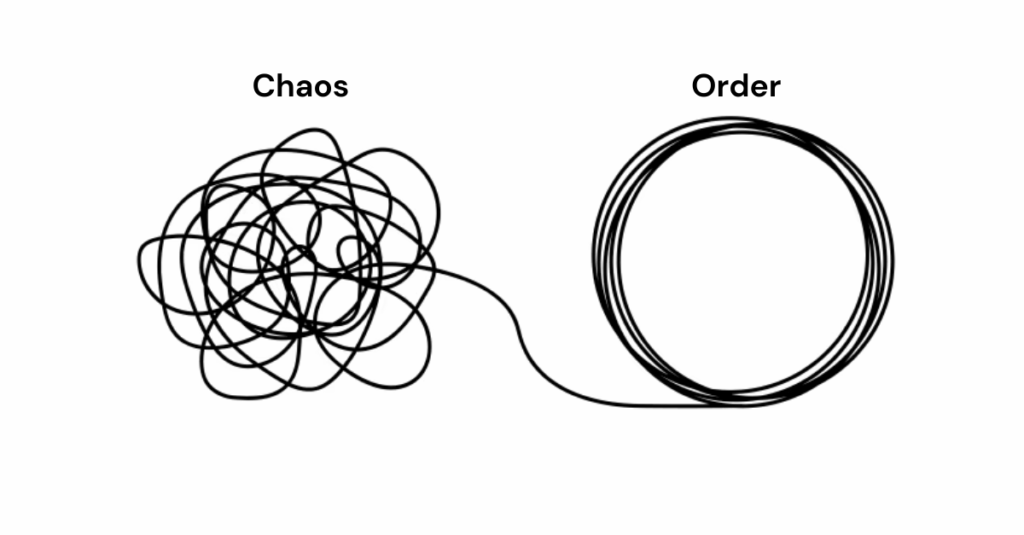Nothing exposes a company faster than asking a few simple questions—especially the kind that can’t be answered with a pie chart. I recently ran a masterclass for a university executive team starting with my usual introduction:
In the last 12 months:
- What were your greatest achievements /wins?
- What were your greatest disappointments/faceplants?
- What did you actually learn?
- What actions will move the company forward/What are you going to do about it?
One participant blinked at me like I’d asked him to reveal his internet search history.
“We’ve never had such an open and honest conversation before.”
I wish I could say that was unusual. It’s not. Many organisations would rather perform anything other than an honest self-assessment—root canal, colonoscopy, Monday morning Zoom—take your pick.
Too many organisations still ignore one of Jim Collins’ most important concepts from Good to Great: confront the brutal facts. If you want to survive for decades—not quarters—you must regularly and ruthlessly examine your reality. No spin. No corporate theatre. Just truth.
When was the last time your company performed open-heart surgery on itself? When did you last dissect the wins, the own-goals, the existential threats, and the opportunities staring you in the face? Without euphemisms, PowerPoint clip art, or the traditional corporate hobby of blaming “market headwinds”?
Because yes, honesty hurts. It takes guts to sit in front of your peers and confess to a million-dollar mistake. It takes even more guts to do it in a company culture where honesty is treated like a novelty item—fun to talk about, rarely used.
If you doubt me, pour a glass of wine and read a PLC annual report. Some are refreshingly clear. Others? Let’s just say they’ve earned PhDs in Corporate Gobbledegook – leaders taking victory laps for good outcomes while blaming everything from taxes, consumers, economic cycles, staffing costs, the moon, rising sea levels and—my personal favourite—the weather.
What Happens When You Finally Get Honest?
But here’s the thing: confronting the brutal facts works. I’ve watched it trigger embarrassment, denial, deflection, philosophising, temporary amnesia, and…….actual accountability. The leaders who thrive are the ones who don’t hide. History is littered with the ghosts of once-great companies who didn’t evolve—Kodak, Blockbuster… we know the list. Others, more than a hundred years old, reinvented themselves spectacularly:
- Nokia: paper mill → rubber boots → mobile giant
- American Express: express mail delivery → global financial powerhouse
- Marriott: 9-seat root-beer stand → international hotel empire
- Shell: antiques and seashells → energy titan
- Samsung: dried fish and produce → global tech leader
That’s why they’re still here. Not every business needs to jump industries, but with only 25% now surviving longer than 15 years, adaptation isn’t a luxury. It’s a survival strategy.
And then there’s my favourite case study in brutal honesty: One Global MD I know took introspection to a hilariously brutal extreme. He’d start his annual review session by writing on the whiteboard: “Our Top 10 F**k-Ups This Year.” No hiding. No sugar-coating. And he often put himself on the list. Unfortunately, one year the session was held in a glass meeting room. Staff walking past focused particularly on item #5: “Slash jobs at HQ.” Cue panic, whispered rumours, and a slow-motion conga line of anxious people.
F**k-up #11: Should have closed the blinds!
So—when was the last time you and your key people put your business under the microscope? If the answer isn’t “recently,” then it’s time.


